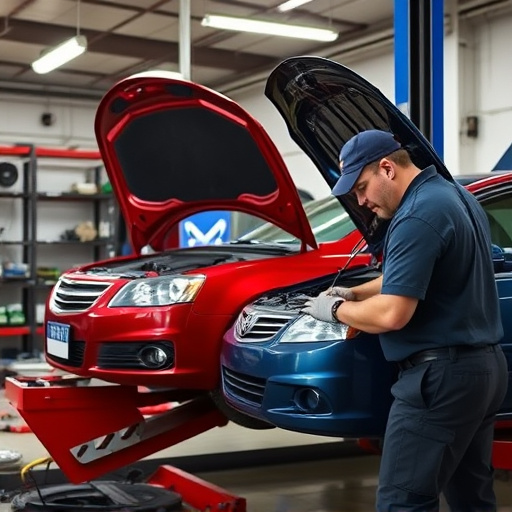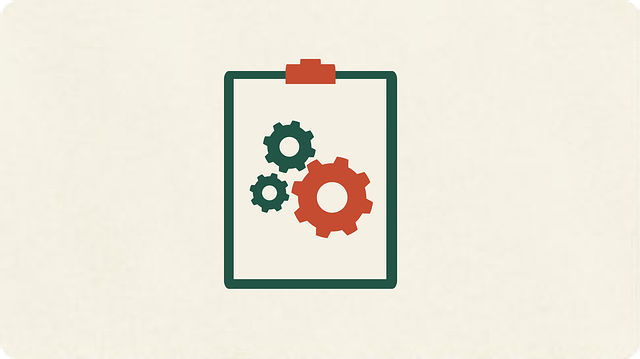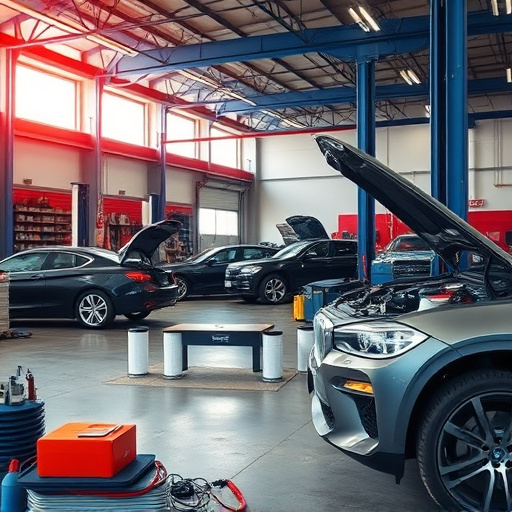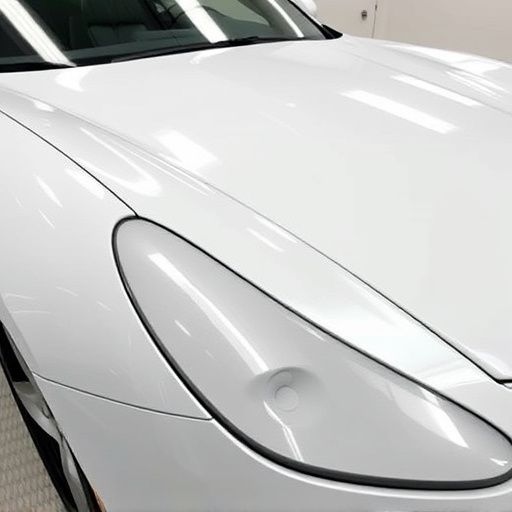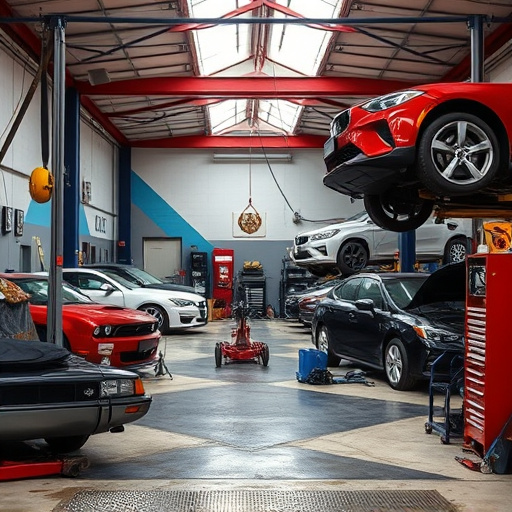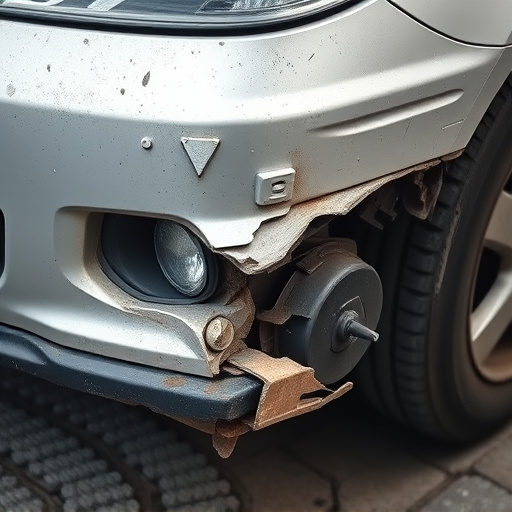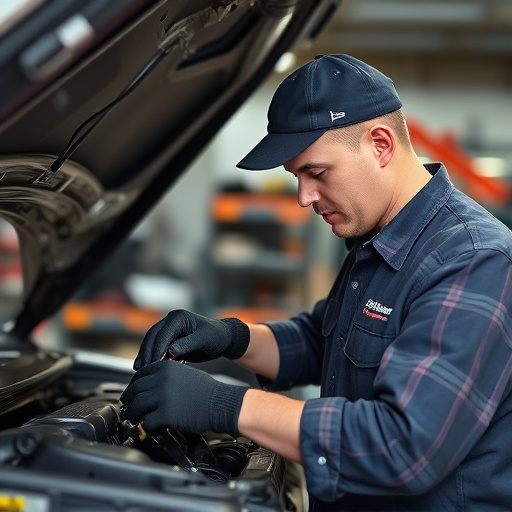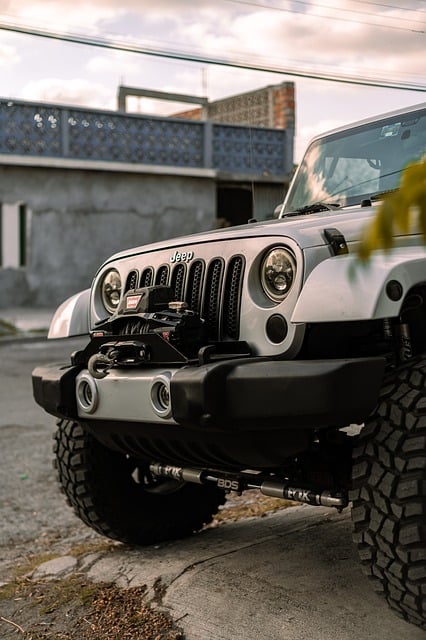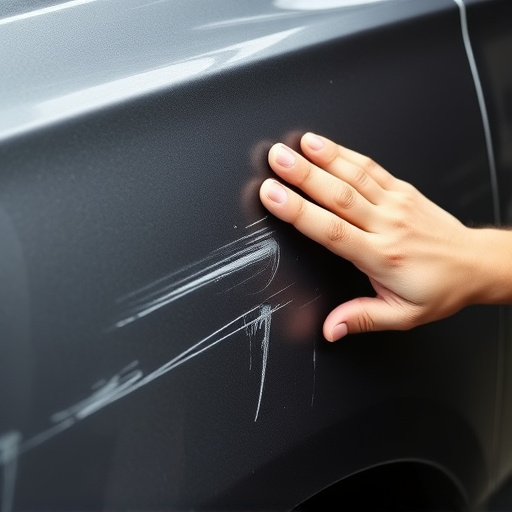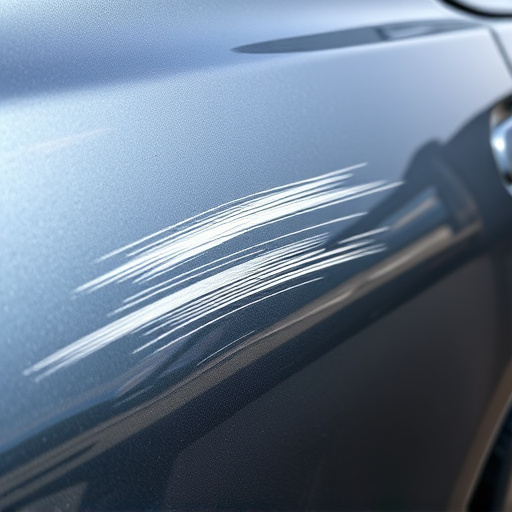Plastic body part repair is a specialized technique for restoring damaged automotive panels using advanced tools and materials designed specifically for plastic. It saves time, costs, and preserves structural integrity, enhancing safety and reliability. For simple dents and scratches, paintless dent repair (PDR) maintains the original finish; more complex issues may require welding or injection molding. Skilled professionals follow a systematic approach, including thorough inspection, precise repair techniques, and high-quality painting, to ensure seamless restoration comparable to original equipment.
In today’s world, minor collisions are a common occurrence, leaving many drivers wondering about the best way to address resulting cosmetic damage. Enter plastic body part repair, a game-changer for restoring vehicle aesthetics without hefty dealership costs. This article delves into the fundamentals of plastic body part repair, guiding you through the ideal techniques for minor collision damage. From understanding the process to mastering best practices, we equip you with the knowledge to effectively and affordably mend your vehicle’s facade.
- Understanding Plastic Body Part Repair: The Basics
- Choosing the Right Techniques for Minor Collision Damage
- Tips and Best Practices for Effective Plastic Body Part Repair
Understanding Plastic Body Part Repair: The Basics

Plastic body part repair is a specialized technique used to restore damaged or dented automotive panels back to their original condition. Unlike traditional auto body work that often involves extensive welding and painting, plastic repair focuses on fixing the surface level issues, making it an ideal solution for minor collision damage. This process utilizes advanced tools and materials designed specifically for plastic, allowing technicians to remove dents, cracks, and other deformities while maintaining the integrity of the original material.
The basics of plastic body part repair involve several steps: preparation, repair using specialized tools like air or hydraulic dampers to press out dents, filling and sanding any gaps or imperfections, and finally, applying a high-quality finish that matches the vehicle’s original paint job. This non-invasive approach not only saves time and costs compared to conventional auto body work but also preserves the structural integrity of the affected plastic parts, ensuring the safety and reliability of the vehicle.
Choosing the Right Techniques for Minor Collision Damage
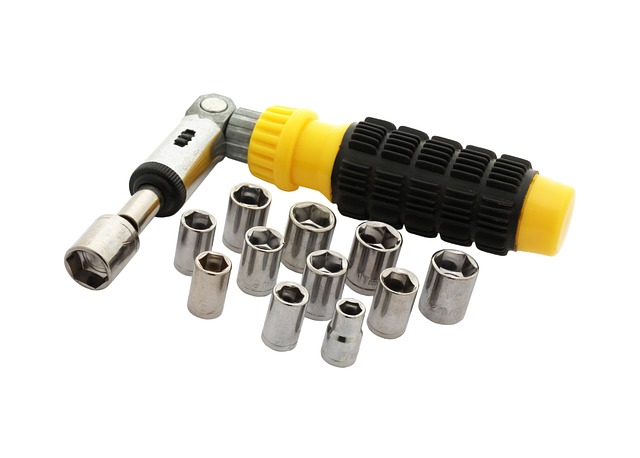
When it comes to minor collision damage on vehicles, selecting the appropriate techniques for plastic body part repair is paramount. The first step involves assessing the extent of the damage; for smaller dents and scratches, less invasive methods like paintless dent repair (PDR) can be highly effective, preserving the original finish and saving time and costs. PDR uses specialized tools to gently push out dents from the inside without sanding or repainting.
For more complex issues, such as cracked or broken plastic components, advanced techniques including welding and injection molding might be required. Automotive collision repair professionals skilled in these areas can expertly restore vehicle bodywork to its pre-collision condition. The choice ultimately depends on the specific damage, ensuring that the chosen method aligns with both structural integrity and aesthetic restoration for a seamless repair outcome.
Tips and Best Practices for Effective Plastic Body Part Repair

When it comes to repairing minor collision damage on plastic body parts, a systematic approach is key. Start by thoroughly inspecting the affected area to assess the extent of the damage. Different plastics have varying properties, so identifying the specific type of plastic involved is crucial for selecting the appropriate repair techniques and materials. Many auto body shops now offer specialized tire services for plastic repairs, utilizing advanced tools like heat guns and vacuum forms to reshape and remold damaged components.
Best practices dictate preparation as a foundational step. Cleanliness is paramount; ensure the surface is free from dirt, grease, or debris that could compromise adhesion. Priming the repaired area with an appropriate primer and then applying high-quality paint ensures a seamless finish. Regular practice and staying updated on industry standards will enable any car repair services to execute plastic body part repairs effectively, delivering top-notch results comparable to original equipment.
Plastic body part repair is a cost-effective and efficient solution for minor collision damage, allowing vehicle owners to restore their cars to pre-accident condition. By understanding the basics of this process, selecting appropriate techniques for specific damages, and following best practices, you can achieve professional-grade results. Embrace these tips and unlock the potential of plastic body part repair as a reliable and accessible option for keeping your vehicle looking its best.
